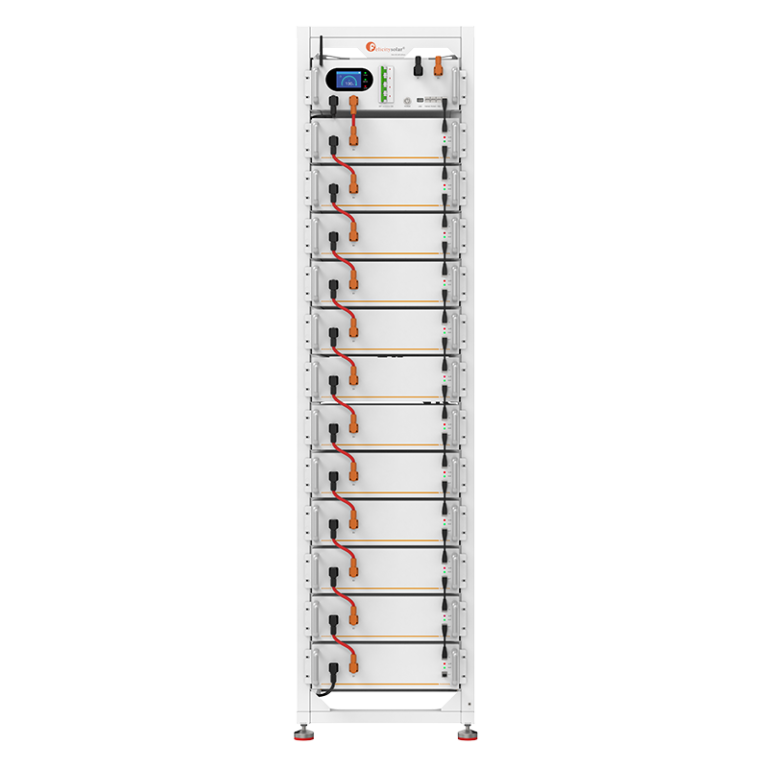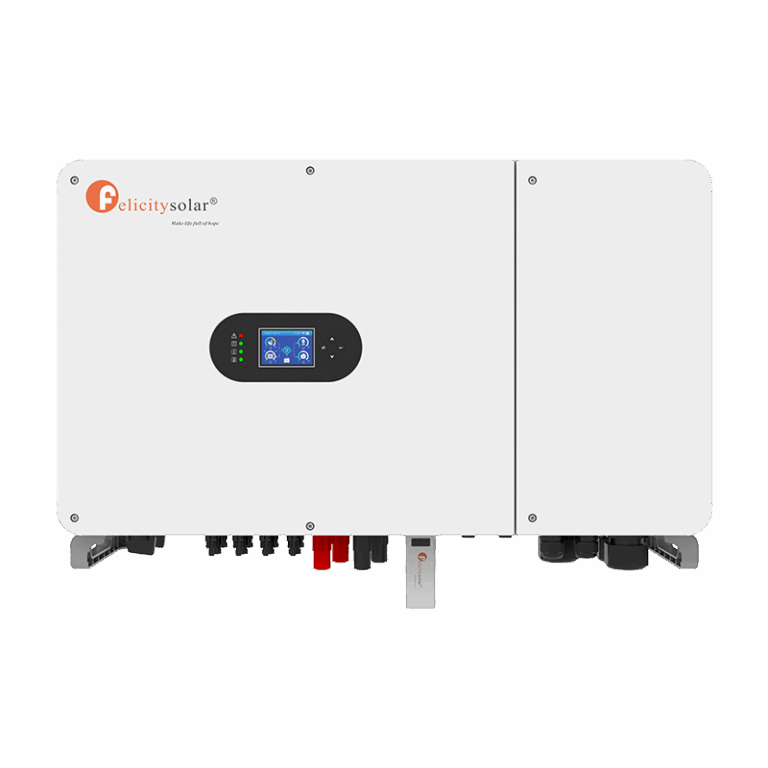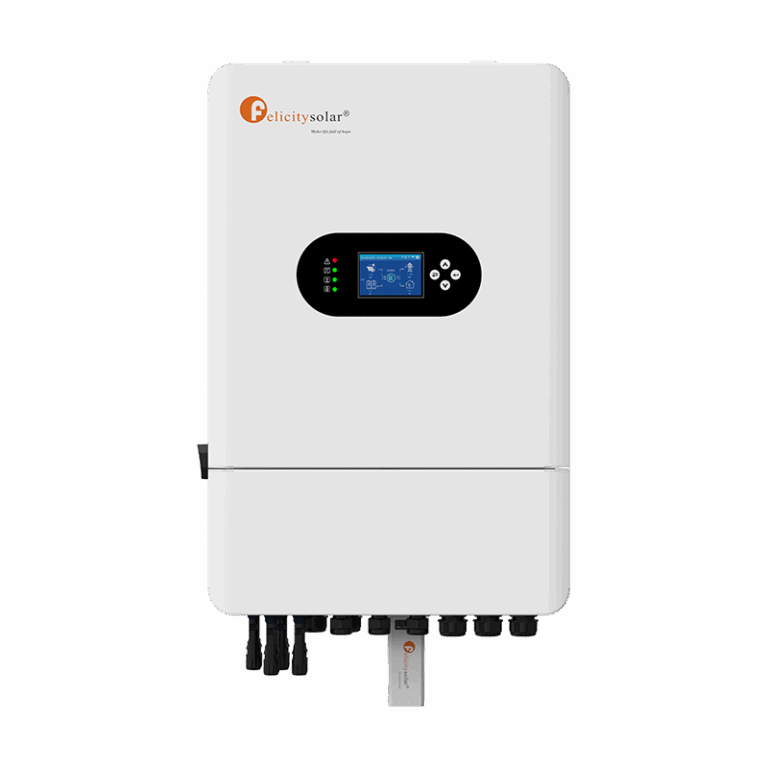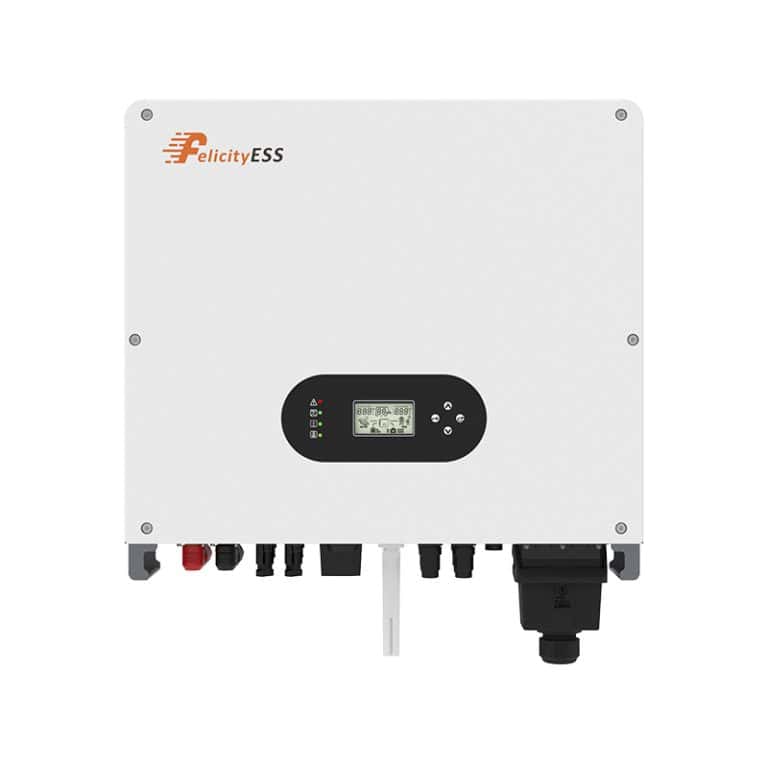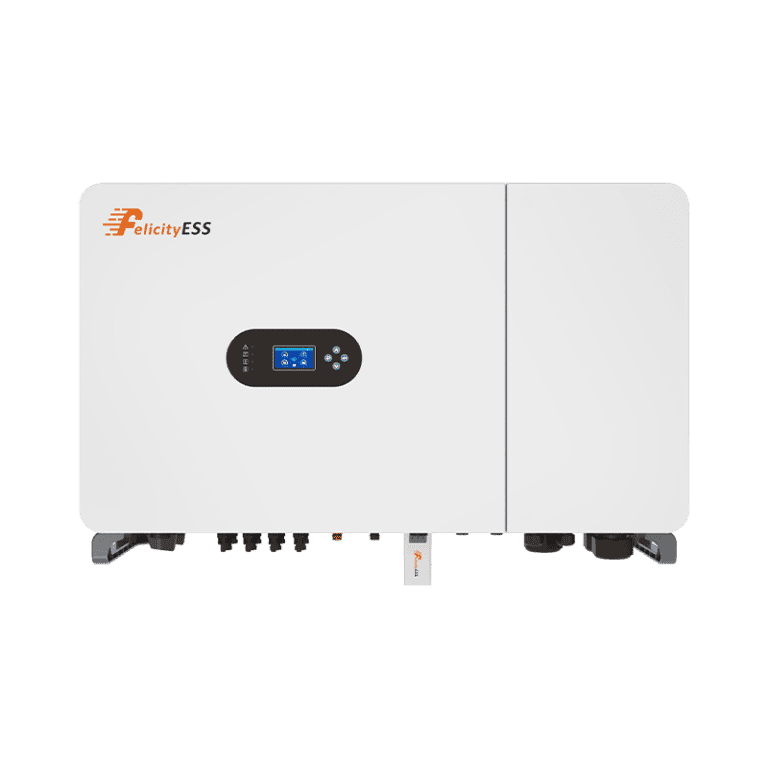Seleccionar el modelo de inversor adecuado a sus necesidades energéticas puede ser una decisión compleja. Ya sea que esté haciendo la transición a la energía renovable o simplemente buscando una solución de energía de respaldo confiable, elija la adecuada inversor El tamaño juega un papel fundamental para garantizar la eficiencia y la sostenibilidad.
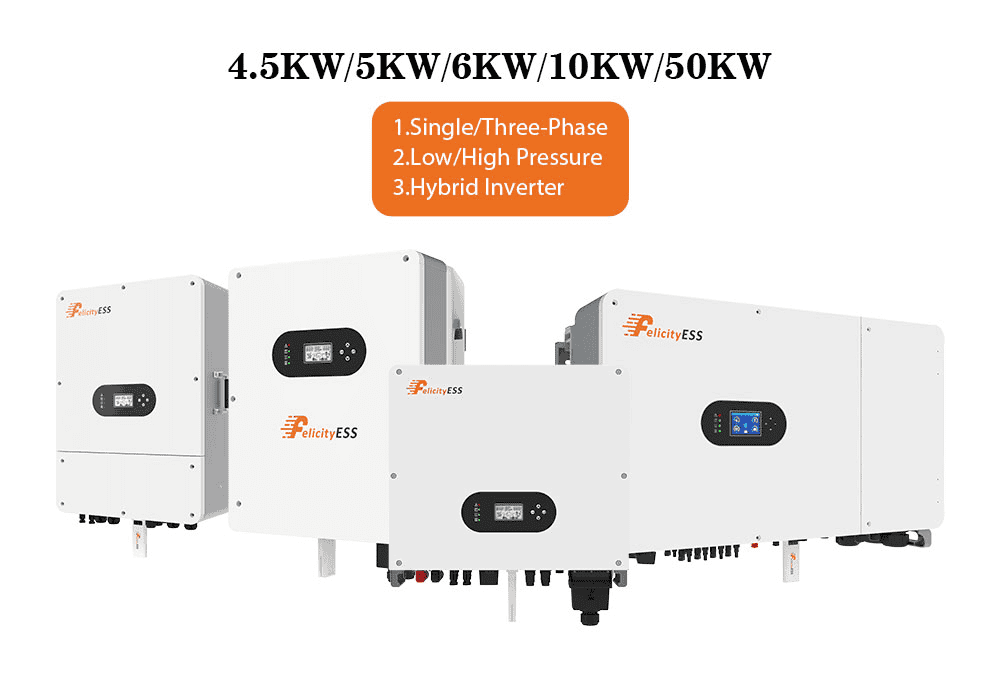
¿Qué es el tamaño del inversor?
El tamaño del inversor se refiere a la cantidad de energía que el inversor puede manejar en un momento dado, generalmente medida en kilovatios (kW). El tamaño del inversor que necesita depende de su consumo total de energía y de la cantidad de dispositivos que desea alimentar. Hay dos factores importantes a considerar:
- Demanda máxima de energía: Esta es la cantidad máxima de energía que su inversor necesitará suministrar, generalmente durante momentos de alta demanda (cuando hay varios aparatos funcionando simultáneamente).
- Uso continuo de energía: Esto se refiere a la cantidad constante de energía que su inversor suministrará durante un período prolongado.
Elegir el tamaño correcto del inversor en función de estos factores garantiza que su sistema funcione de manera eficiente. Una discrepancia podría forzar su inversor (causando posibles daños) o provocar un desperdicio de capacidad y mayores costos iniciales.
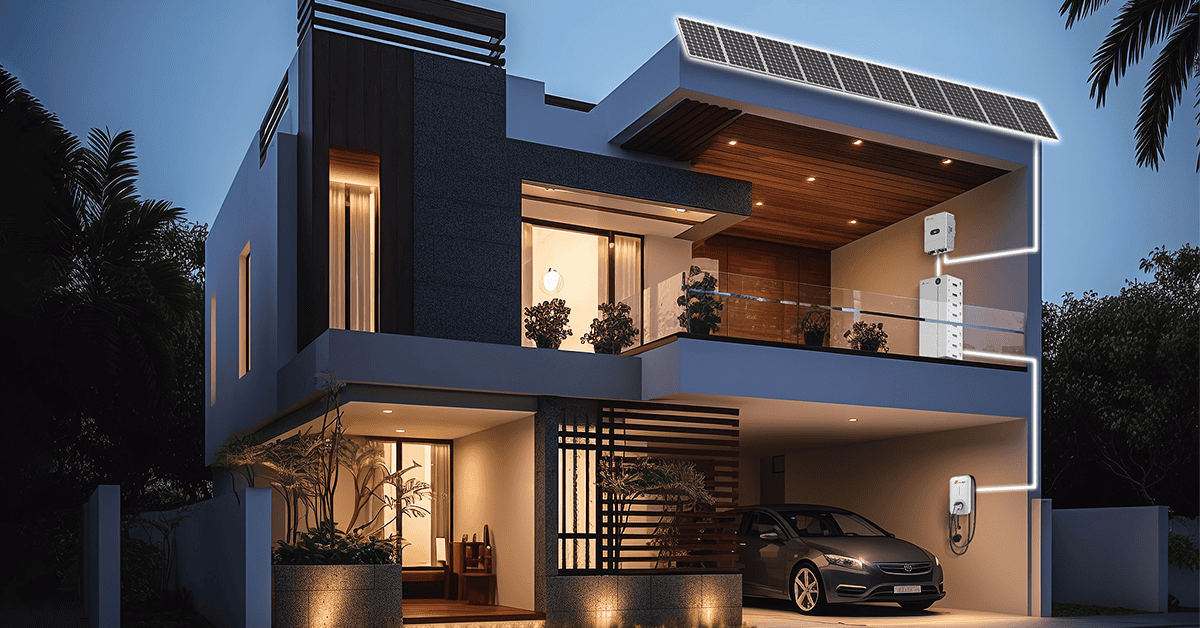
Factores a considerar al elegir el tamaño del inversor
1· Requisito de carga total
El primer paso para elegir un modelo de inversor es determinar la potencia total de todos los dispositivos que planea utilizar en el sistema. Por ejemplo, si busca alimentar electrodomésticos esenciales como refrigeradores, ventiladores o luces, debe sumar su potencia para tener una idea del tamaño mínimo del inversor. Sume la potencia de todos los dispositivos que funcionan simultáneamente, considerando también las cargas máximas.
2· Almacenamiento de baterías
Su inversor debe coincidir con el sistema de batería que ha instalado o planea instalar. Si el tamaño de su inversor es demasiado grande en relación con la capacidad de su batería, puede descargarla demasiado rápido, reduciendo su vida útil. Por ejemplo, inversores híbridos como el T-Rex 10KHP o T-Rex 10KLP Los modelos están diseñados para manejar sistemas de baterías más extensos, lo que los hace ideales para configuraciones más grandes.
3· Sistema de Paneles Solares
Si está integrando energía solar, el tamaño de su inversor debe ser capaz de manejar la energía que producen sus paneles solares. En un sistema híbrido, los inversores solares pueden convertir eficientemente la energía de los paneles solares en electricidad utilizable, incluso devolviendo el exceso a la red. Un modelo como el Hybrid Inverter T-Rex 50KHP puede gestionar instalaciones solares de alto rendimiento, lo que lo convierte en una opción sólida para hogares o empresas más grandes.
4· Calificaciones de eficiencia
La eficiencia del inversor es un factor que a menudo se pasa por alto, pero es fundamental para maximizar el rendimiento de su sistema. Los índices de eficiencia más altos significan que se pierde menos energía durante el proceso de conversión. Por ejemplo, microinversores como el Rayos X WVC800W están diseñados para sistemas específicos y más pequeños, pero ofrecen tasas de conversión de alta eficiencia, lo que los hace adecuados para aplicaciones de bajo consumo de energía, como instalaciones remotas o hogares pequeños.
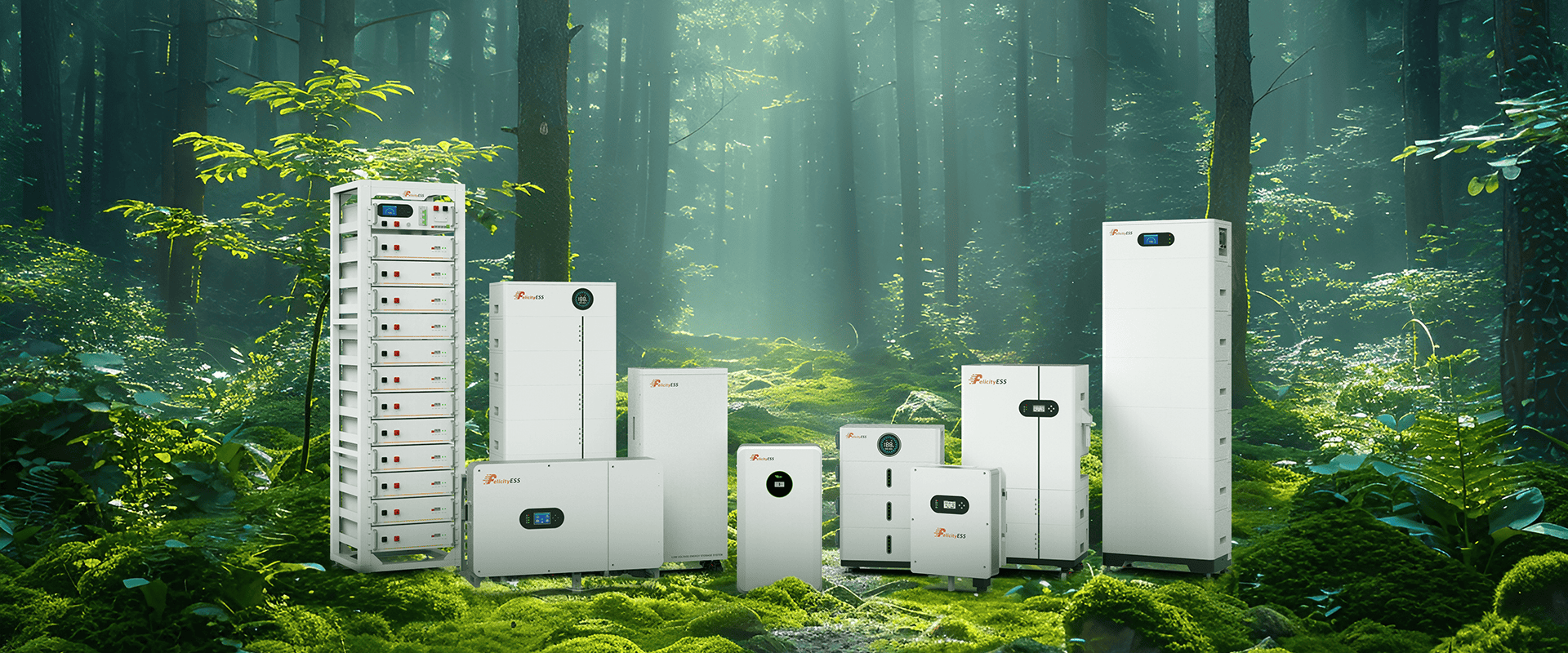
Beneficios de elegir el tamaño de inversor adecuado
1· Eficiencia Energética
El tamaño correcto de su inversor minimiza la pérdida de energía y garantiza que sus electrodomésticos reciban energía de manera confiable. Un inversor de gran tamaño puede provocar un desperdicio de energía, mientras que uno de tamaño insuficiente puede no proporcionar suficiente energía, provocando interrupciones en el servicio.
2· Ahorro de costes
Los modelos de inversores vienen en varios tamaños y capacidades. Si bien puede resultar tentador comprar el modelo más grande disponible, seleccionar un inversor que se ajuste a sus necesidades energéticas le permitirá ahorrar dinero tanto en la compra inicial como en el funcionamiento a largo plazo. El tamaño correcto del inversor puede reducir el consumo de electricidad al optimizar el flujo de energía en su sistema, reduciendo los costos operativos.
3· Longevidad y confiabilidad
Un tamaño de inversor incorrecto podría desgastarse más rápido debido a sobrecargas o ineficiencias. Elegir el tamaño correcto para su inversor garantiza una vida útil más larga y una entrega de energía más confiable. Modelos como el Hybrid Inverter T-Rex 4K6 están diseñados teniendo en cuenta la durabilidad, ofreciendo un alto rendimiento y una vida útil más larga.

Por lo tanto, antes de realizar su próxima compra, tómese el tiempo para evaluar sus requisitos de energía y seleccione el tamaño de inversor que mejor se alinee con sus objetivos energéticos. Esto garantizará una solución energética preparada para el futuro, eficiente y rentable para su hogar o negocio.



